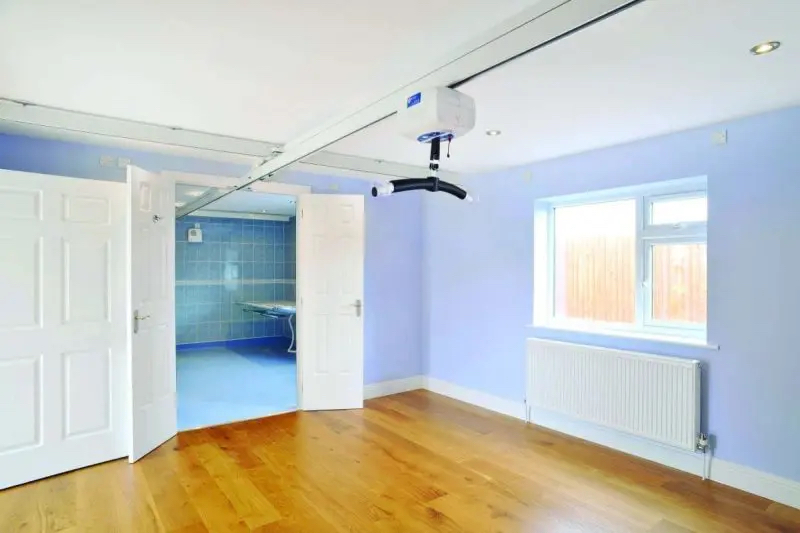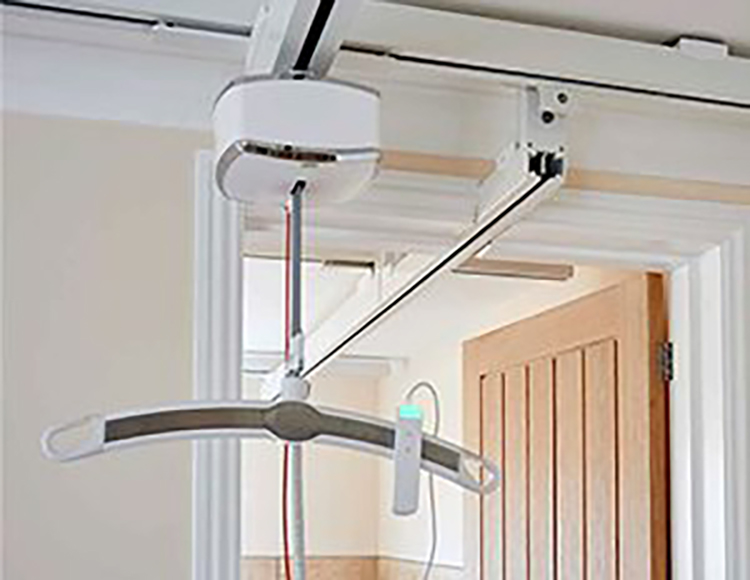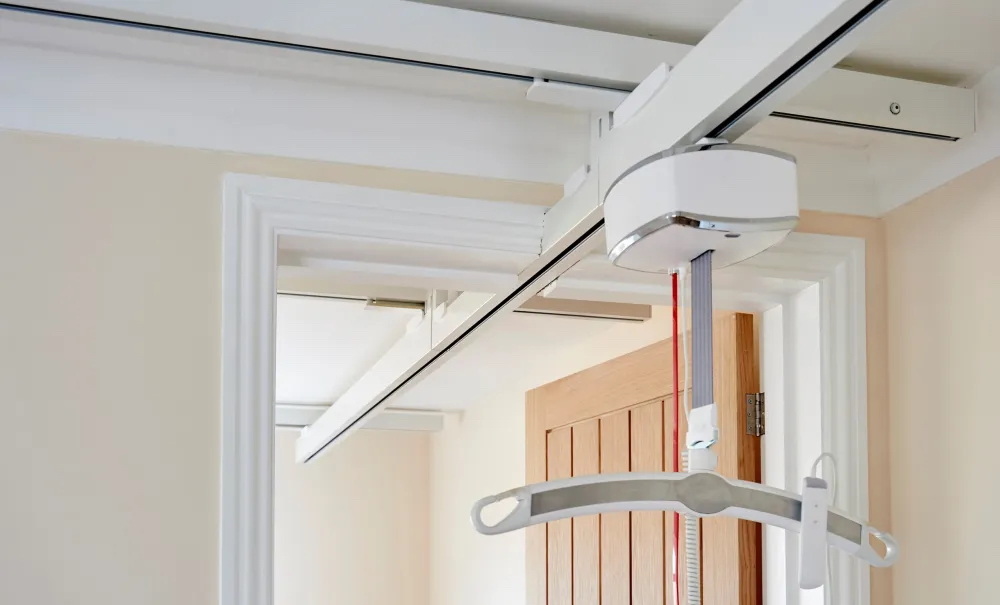Mobility Issues

Okay, so you’re faced with the reality that you need a mobility device to help you get around. First of all, I am sorry you are dealing with this stark reality. So now what? What is out there that will meet your current and future needs? That’s a tough one, especially if your diagnosis is rare (like mine) with little to no information on its long term prognosis. This is where your occupational therapist comes in to provide information on what devices may work for you. But don’t rely on them solely. Do your own research and see what’s out there online.
For example, here are links to companies I have found with unique mobility devices that I have purchased and am currently using. (these companies gave me permission to post their website links on this page).
Full disclosure here: I am not being paid to share this information. I know how overwhelming it is when one has to face the reality of their declining physical condition and I want to make it easier for you to see what options are out there.
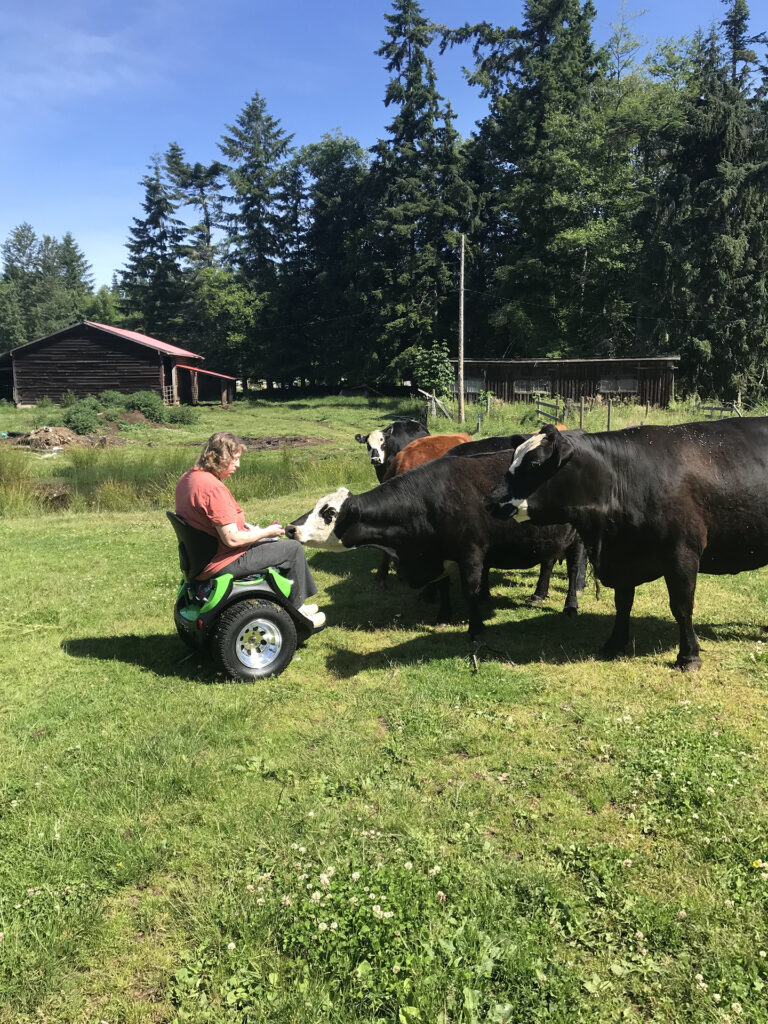
Omeo Technologies
This is my primary mobility device that I use outside the house. It is featured on the cover of my memoire ‘A Life Worth Grieving’. In the most basic terms, it’s an adapted segway with a seat and landing gear…and so much more. The unit has the option of regular or ATV type tires which are easily changed out. The ATV tires allow me to access not only the fields on my farm but the beach as well on those wonderful summer days. That’s me in the picture just hanging with my cows. Check out their website. They ship around the world.
The Zeen Go
This is the unit I use 24/7 in my house. The best way I can describe it is a combination walker/wheelchair. Have a look at their site and you’ll see what I mean (look at the training videos). It is invaluable in helping me access all aspects of my house due to the fact that you can change your seat height. They currently only ship within the US but are in the process of setting up distribution in Canada which is wonderful.
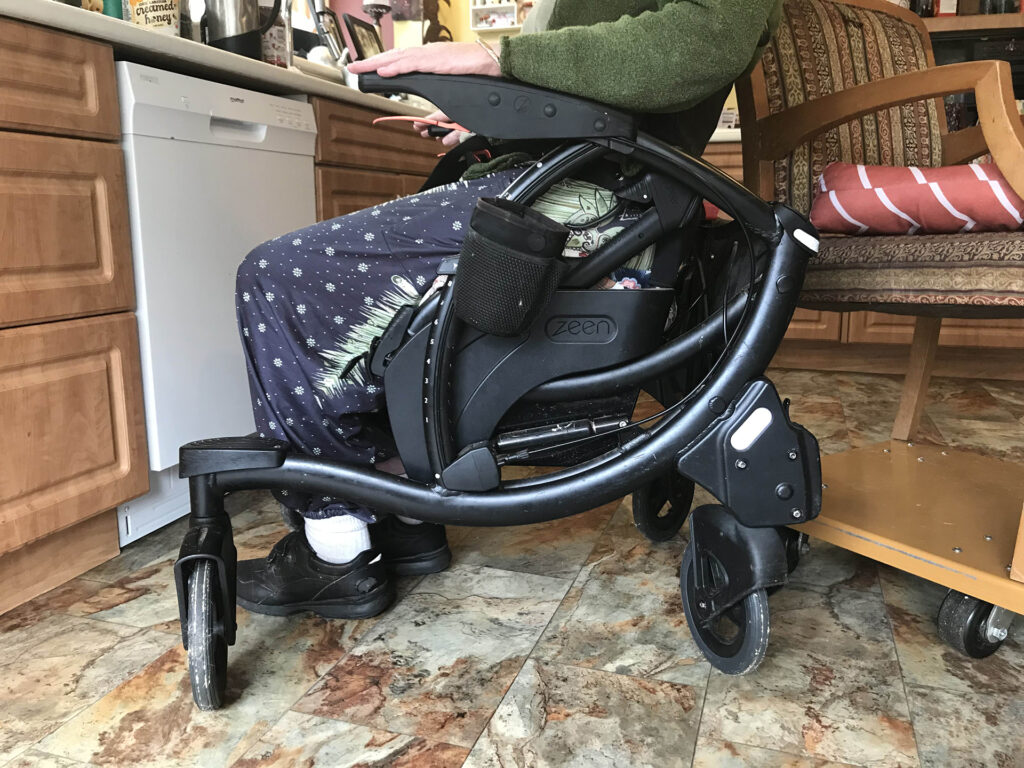
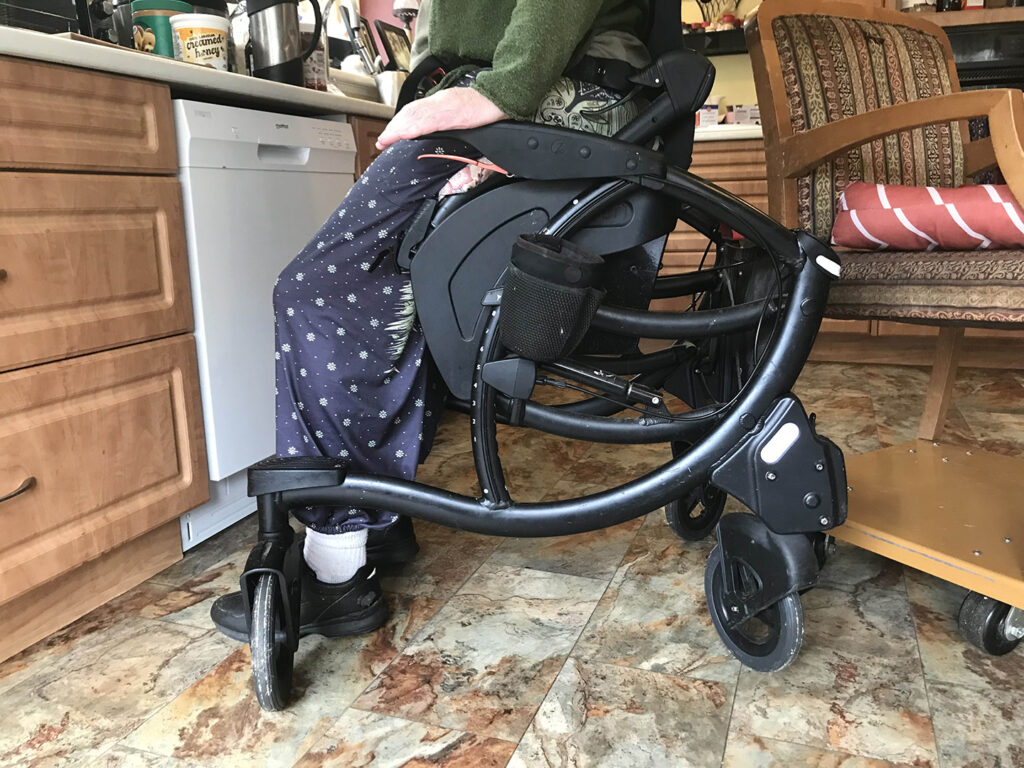
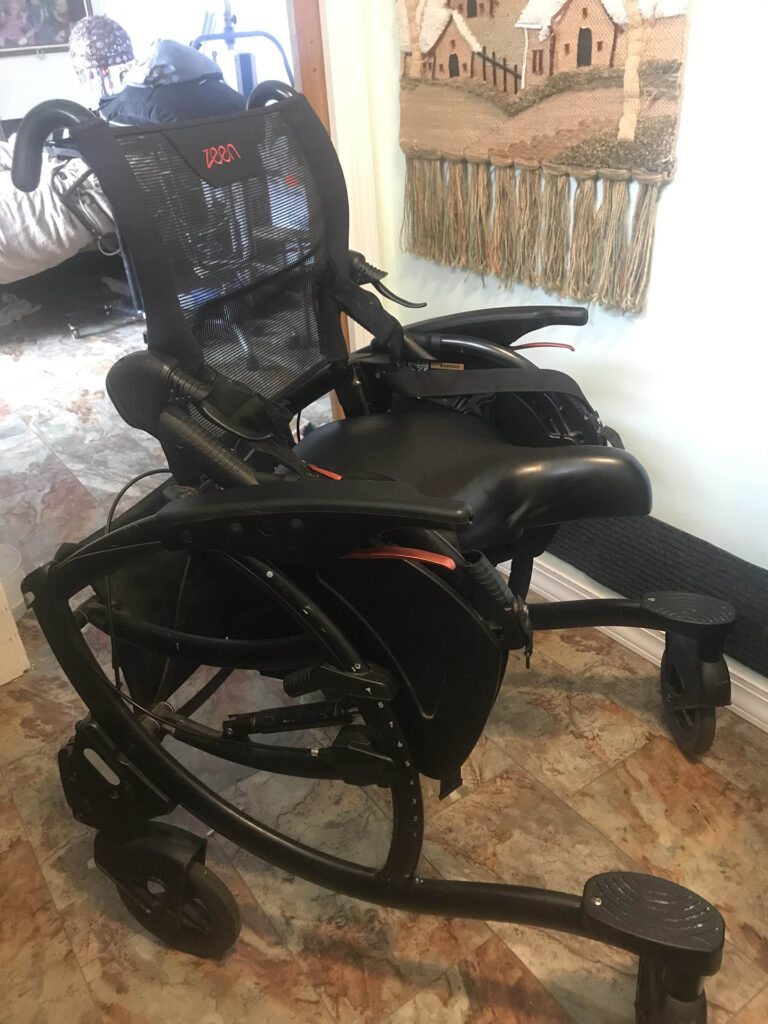
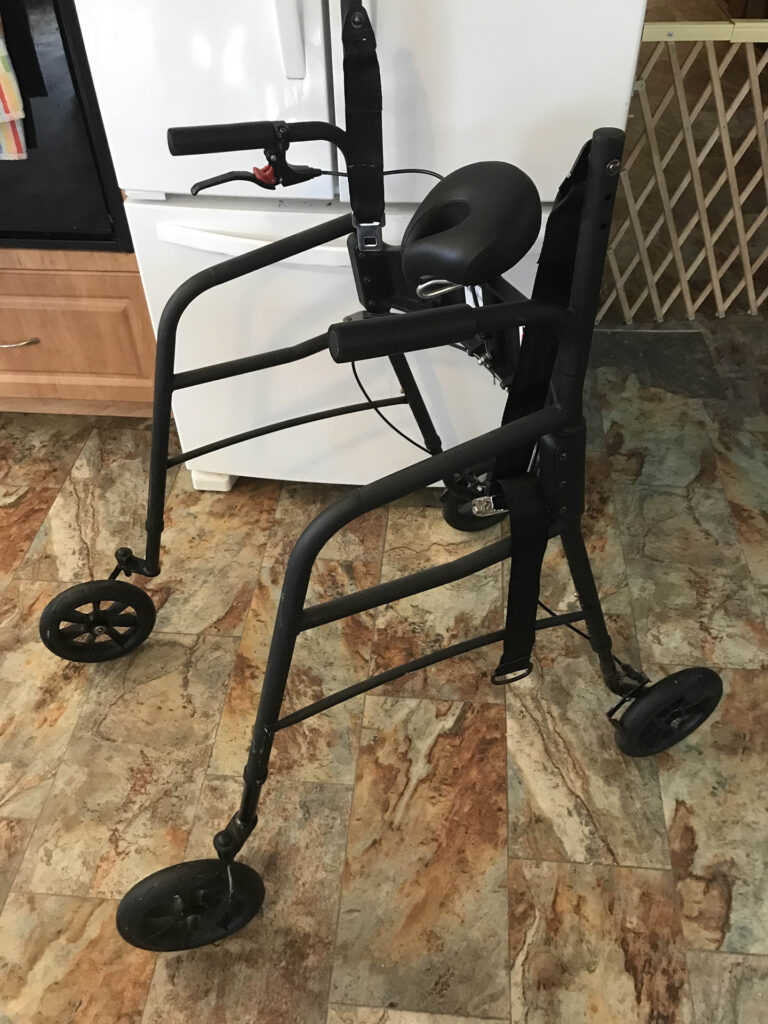
LifeGlider
I found this unit way more comfortable to use than a regular walker because it places you in a more upright position versus leaning over the walker. Have a look at the training videos on their site to get a full perspective on how it works. The one downfall I found was that it worked well on smooth surfaces but not so well if I was outside on uneven ground.
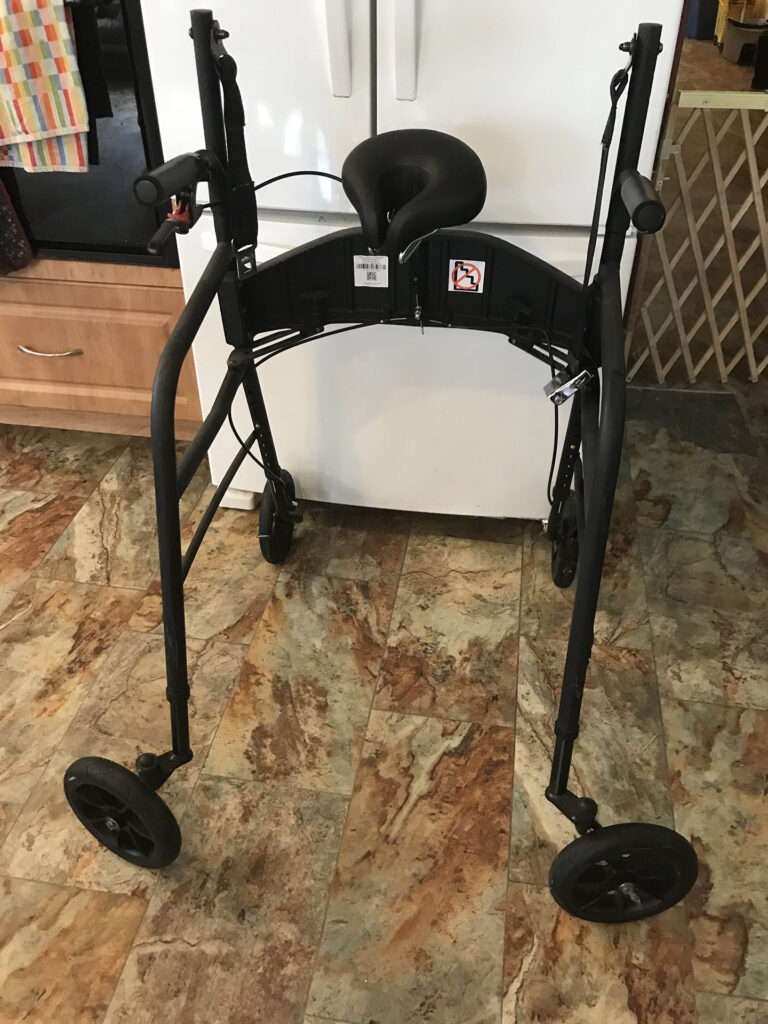
Living Spinal
My first mobility unit I purchased was from this company. (2 pic ‘living spinal 2442,2442’) Similar to the Omeo mentioned earlier, you have the option of regular or ATV style wheels. They’ve adapted this unit over the years and they now call it a sit down segway. Have a look at this site because they have a lot of unique mobility devices and adaptive equipment options.
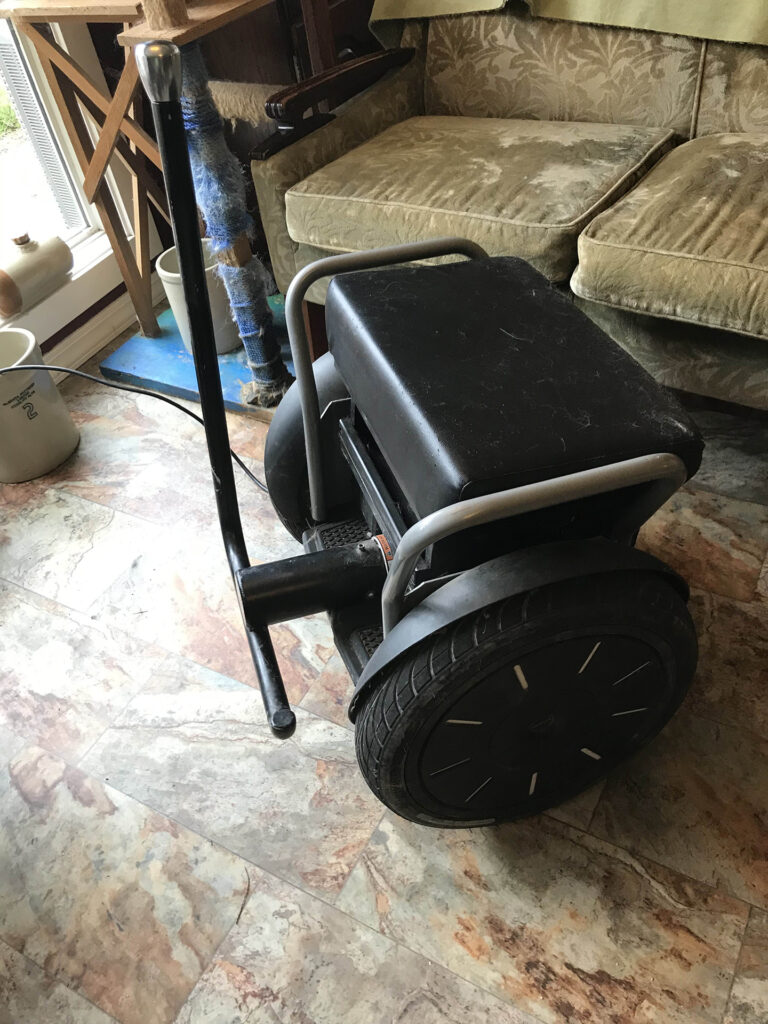

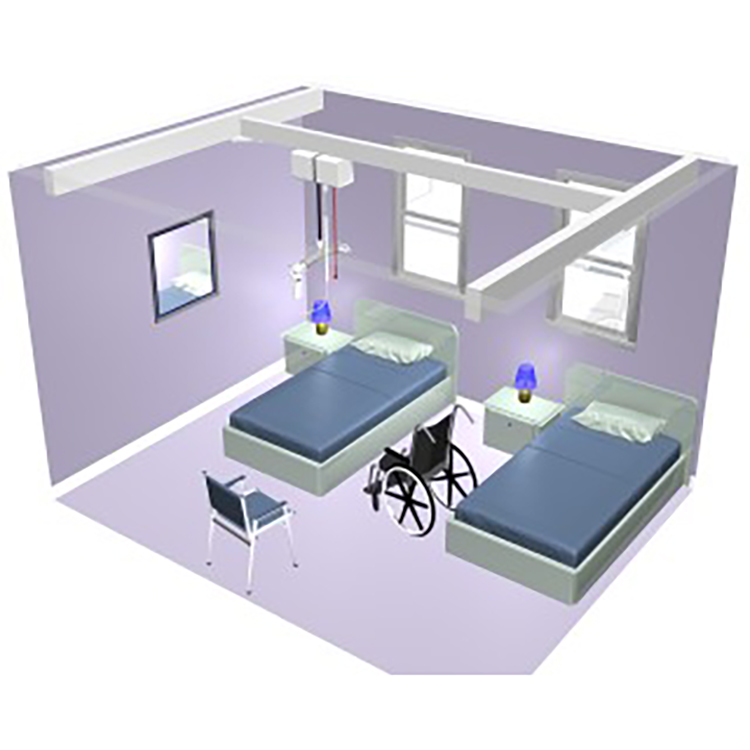
Floating Ceiling Track System
In my memoire ‘A Life Worth Grieving’ I talk about my dream adaptation for the home – an XY track system. This is a lift system that is attached to either a single track or a floating ceiling rail. The rail allows the user, who is in a sling, to be moved to either side of the room. I do not have any particular links here but just do an online search. There are multiple companies that supply this system.
This particular picture shows a floating ceiling track system.
Now, the adaptation I’d like to make would allow the disabled person to use this equipment independently. The person could literally walk around their house, supported by an upper body harness attached to the ceiling lift. The tricky part would be devising a switch system the person could activate to lower or raise them-self. You want to be as hands-free as possible, so you can, for example, pick things up off the ground.
The main issue I see is where to place the switches. Maybe have two head operated switches, one for lifting and the other for lowering, located on either side of the upper body harness. Or two chin switches. Again, you want to be as hands-free as possible. The option of hand-activated switches as well as head or chin switches would be ideal. Maybe there are other switch systems out there that would better suit this system.
In these pictures you can see how the floating system can connect to a single rail, expanding ones access to the rest of the house.
The degree of independence this system could provide a mobility-challenged person would be amazing. Think about it. The person could safely transfer from their bed to the bathroom, on their own and begin that morning routine we all take for granted. So empowering! Also, because the person is weight-bearing, many medical issues associated with wheelchair-bound individuals—such as pressure sores and circulatory complications—would be lessened.
For now, I will keep dreaming. Maybe someday you will see me moving around my house supported by my amazing floating ceiling track as I water my indoor garden.


